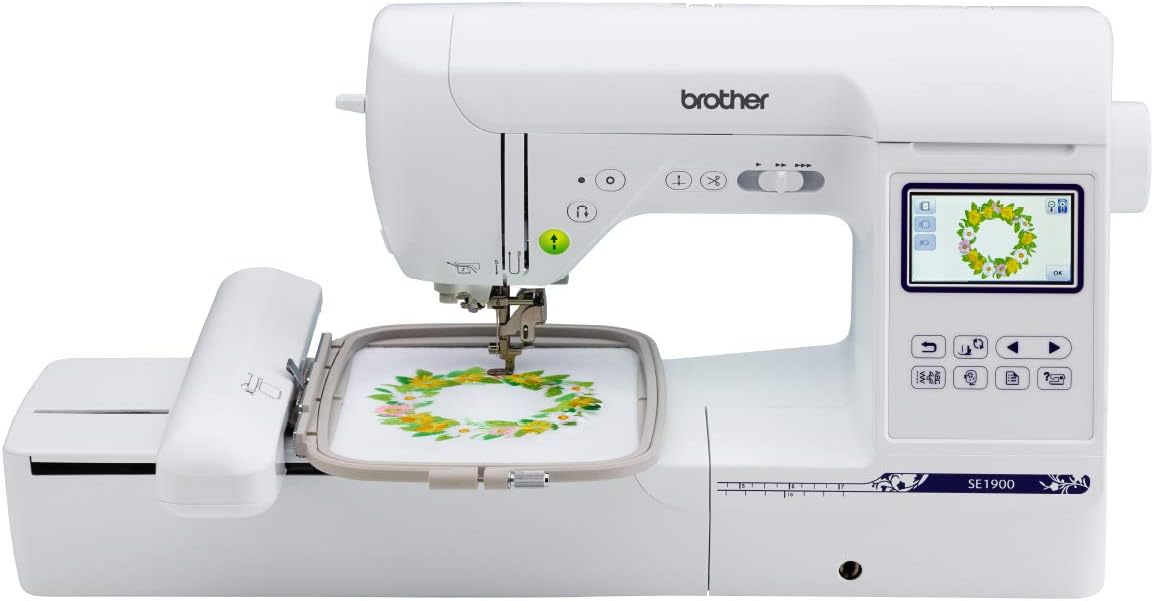Reviews in that Category
Embroidery is a decorative and artistic craft that involves the use of needles, threads, and fabric to create intricate and ornamental designs. It is a form of needlework that has been practiced for centuries and has a rich history across various cultures.Here are some key aspects of embroidery:
Materials: Embroidery typically requires a few basic materials, including embroidery floss or thread, a needle, and a piece of fabric. The fabric can vary in type and texture, with common choices being cotton, linen, silk, or even specialty fabrics like canvas.
Techniques: There are numerous embroidery techniques and stitches used to create different effects and designs. Some of the most common stitches include satin stitch, cross-stitch, chain stitch, and running stitch. Each stitch has its unique use and appearance, allowing for a wide range of creative possibilities.
Patterns and Designs: Embroidery can encompass a vast array of patterns and designs, from simple monograms and motifs to intricate and detailed scenes. Patterns can be pre-designed and transferred onto the fabric or created freehand by the embroiderer.
Tools: Beyond the basic materials, embroiderers may use tools such as embroidery hoops to stretch and hold the fabric taut while working, as well as thimbles to protect their fingers from the needle.
Cultural Significance: Embroidery has cultural significance in many parts of the world. It has been used to decorate clothing, accessories, and textiles for both functional and artistic purposes. In some cultures, specific embroidery techniques or motifs carry symbolic meanings or traditions.
Applications: Embroidery can be applied to various items, including clothing, home decor, and accessories. It's commonly used to embellish garments, such as adding intricate patterns to dresses, shirts, or jackets. Embroidery is also used in creating decorative items like pillowcases, tablecloths, and wall hangings.
Contemporary Trends: While traditional embroidery techniques are still widely practiced, contemporary embroidery has evolved to include modern and innovative approaches. Some artists and embroiderers use embroidery to create unique works of art or to add a personal touch to everyday items.
Embroidery Machines: In addition to hand embroidery, there are computerized embroidery machines that automate the process. These machines can replicate intricate designs with precision and are often used in commercial embroidery, such as for custom logos on clothing.
Embroidery is a versatile and creative craft that allows individuals to express themselves through the use of thread and fabric. It has a timeless appeal, combining artistry with skill, and continues to be a popular form of expression and decoration in both traditional and contemporary settings.

